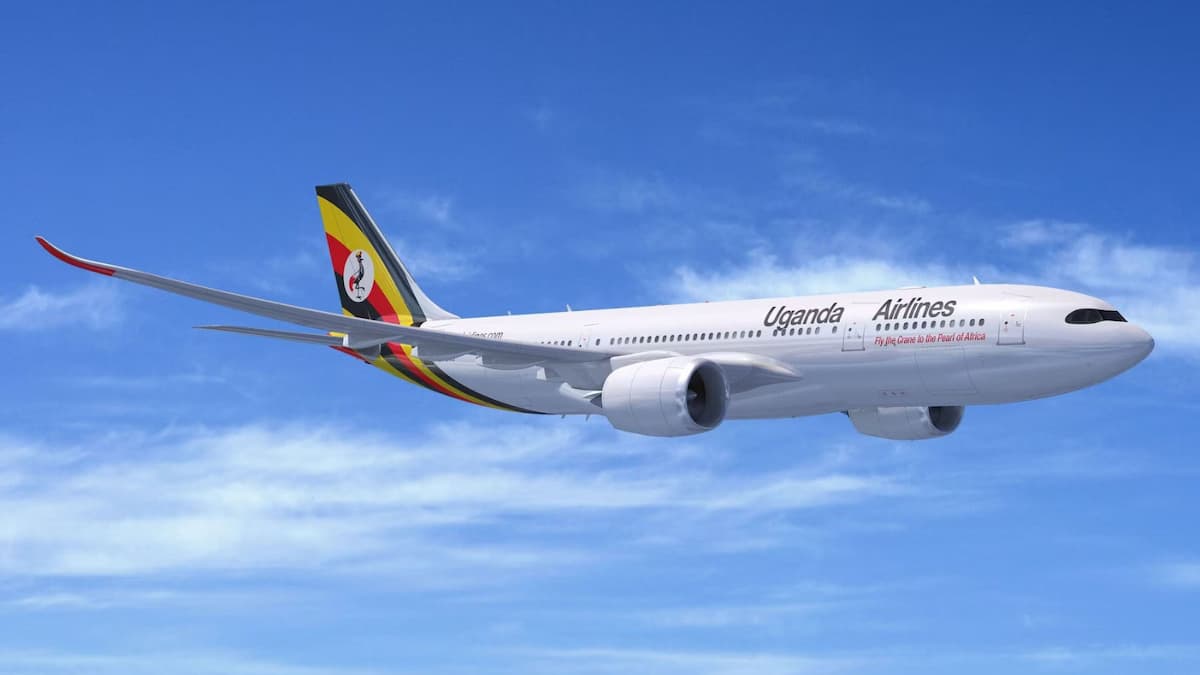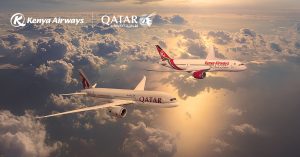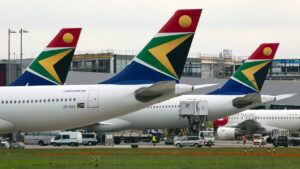Uganda is keen to sign the Single Africa Air Transport Market protocol, ending years of fence-sitting.
Authorities in Kampala indicated this week that the Uganda will join the open skies regime in the next financial year.
“We are left with approval by Cabinet. Once that is done, we will be good to go,” said Fred Bamwesigye, director-general of Uganda Civil Aviation Authority (UCCA) at a meeting in Kampala.
Mr Bamwesigye, who represented Works and Transport Minister Gen Edward Katumba Wamala, said Uganda’s reluctance to join the Single Africa Air Transport Market (SAATM) since its launch in 2018 was due to a need to shield its national carrier from competition.
Other considerations were invest in and build new infrastructure such as the Kabalega International Airport, to support traffic numbers resulting from liberalisation; improve Entebbe International Airport to requisite standards as well as reorient the regulatory regime, which was inward-looking.
“The idea to join has always been positive, but we had to first streamline our internal processes so that we go there when we are ready,” he said.
“Now, we have an airline, and we must enable it to get more frequencies through SAATM. Uganda Airlines is flying to Nigeria, Mumbai, South Africa, the UAE… So, why not?”
Danny Barongo, director for safety, security and economic regulation at UCCA, said internal processes included three consultative meetings with stakeholders and with continental industry regulator to draft an agreement.
Accession to the “solemn commitment” would see Uganda ease past Tanzania, whose government has indicated that it will not join the liberalised air space plan for another five years, but it will still lag behind Kenya, Rwanda and 13 other African countries which, last year, agreed to launch and pilot SAATM flights.
Aviation expert Adikiny Olwenge, who is also the team leader for air transport at the Comesa, says there are benefits for airline operators as it opens up routes through 5th Freedom, which increases air transport connectivity.
Due to the limited number of operators, this benefit is not trickling down to the passengers because of the dominant nature of such airlines, but only liberalisation that can assure new entrants that they will realise healthy competition since SAATM has the necessary instruments to control competition.
For now, even among the 37 countries that have signed up to the single air space regime, the same deep-seated fears and protectionism abound.
“Most of the countries that have acceded to SAATM have the notion that it SAATM will kill their national airlines. That’s why we are having the awareness programme for countries in Eastern Africa, Southern Africa and Indian Ocean regions,” Mr Olwenge said.
Industry experts cite the example of Morocco, which opened up its air space to Europe and was hit hard at first, but in the long run traffic into the North Africa nation improved, and it reaped the benefits.
An open skies scheme is crucial to easing intra-Africa’s connectivity, lower airfare and improve traffic and revenues.
The regime’s goal is to fully implement the 1999 Yamoussoukro Declaration, which allows participating countries to lift market access restrictions for airlines, remove restriction on ownership, grant each other extended air traffic rights and liberalize flight frequency and capacity limits.
It also seeks to harmonise safety and security regulations in aviation, based on International Civil Aviation Organization (ICAO) requirements.
Without an open-air space regime in place, African countries have been relying on bilateral air services agreements to operate, presenting challenges of concluding multiple negotiations between several countries.
Source: The East African.






